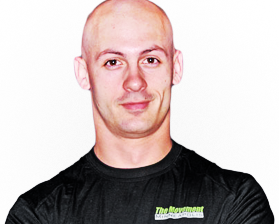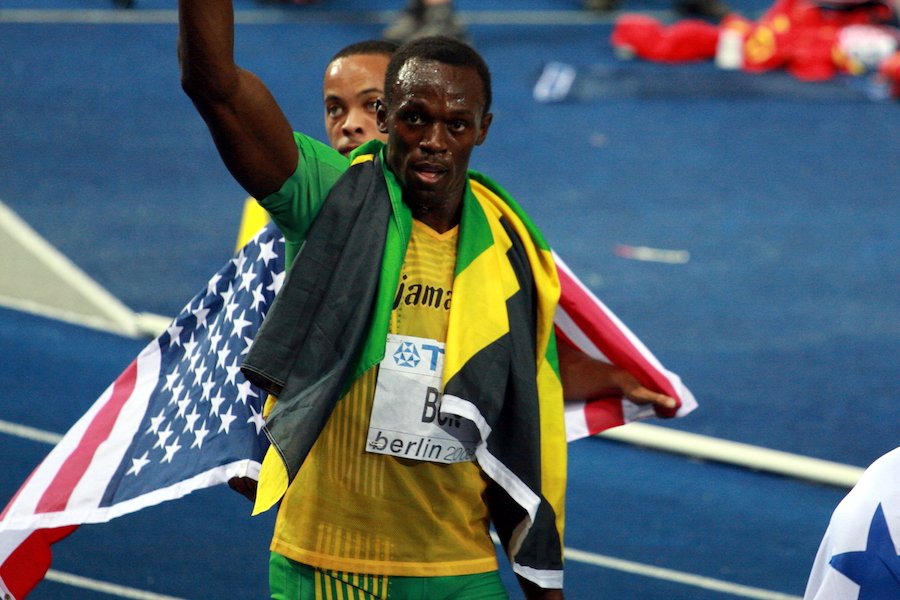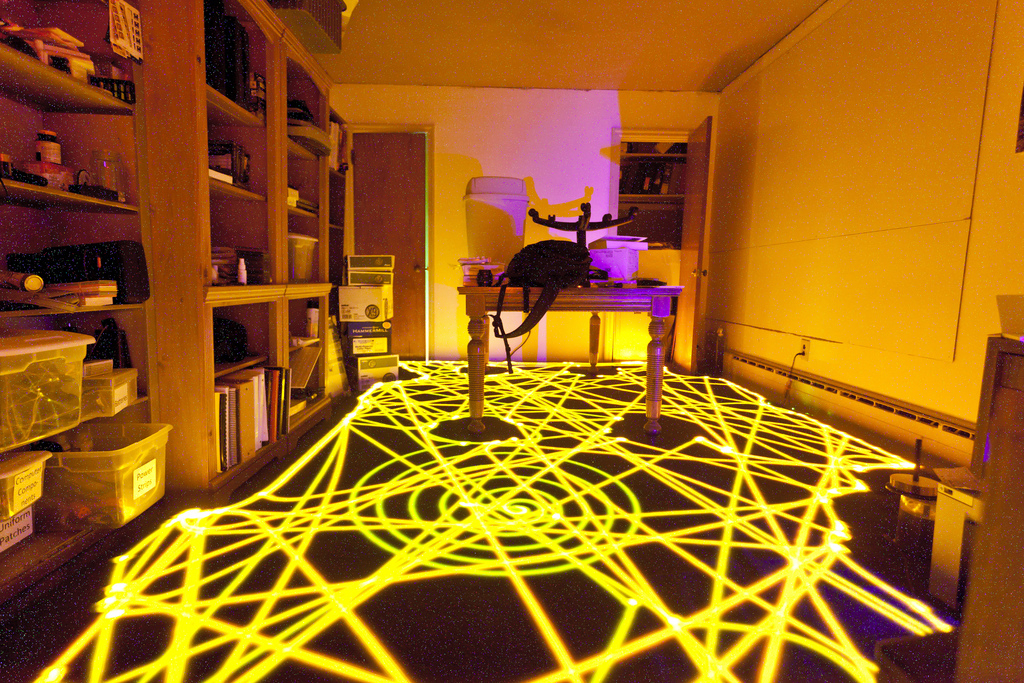
If I could point out one single factor that will dictate how successful someone will be at whatever endeavor they choose it would not be:
– Talent
– Personal connections
– Mentorship or coaching
– Intensity of focus or dedication
While all of those things are certainly helpful, none of them actually matter if you don’t do the one thing that matters most: consistently show up and invest the time.
You’ve heard all the adages about what percent of success is just showing up already. So the real question is, how do I make it easier to show up more often?
The solution is to remove as many barriers to success as possible.
Want to work out more often? Find the closest gym with the least friction possible to join. Note that for most people that doesn’t mean a home gym. The ambition required to go work out in your own home is many times more than a place you can stop at on your way home from work.
Want to save more money (or do things that require you save money)? Automate the savings so that you don’t have to think about it, and it just happens. I wrote more about this here.
Want to make better food choices? Limit your choices by limiting what you have available at home. A pint of ice cream is always going to be an easier meal than grilling a steak and sauteeing some vegetables. But if you don’t have the ice cream and you already cooked the steak and veggies so all you have to do is warm it up, you’re probably going to make a better chioce.
Want to read more books? Set an alarm for 45 minutes before you typically go to bed. That gives you 15 minutes to wrap up whatever you’re doing, and 30 extra minutes to read every night.
Want to learn a foreign language? Make it impossible not to learn. Move to the country for a month. Can’t do that? I doubt it. Questions your assumptions. My friend Jason spent 2 full years living in Airbnbs all over the world and actually saved money relative to when he lived in Portland.
Whatever you want to do, examine the barriers that add friction or make it harder for you to show up and invest the time. Remove those barriers by making changes or automating them away. Sometimes the barriers are very clear and you can remove them. Sometimes there aren’t any real barriers and you’ll realize the only thing stopping you from writing the book you’ve always wanted to write is taking out your proverbial pen and paper and writing it. If you can’t figure out how to remove your barriers, email me your situation, I’m pretty great at it.
To your success,



